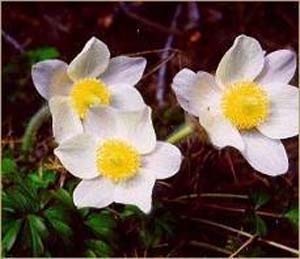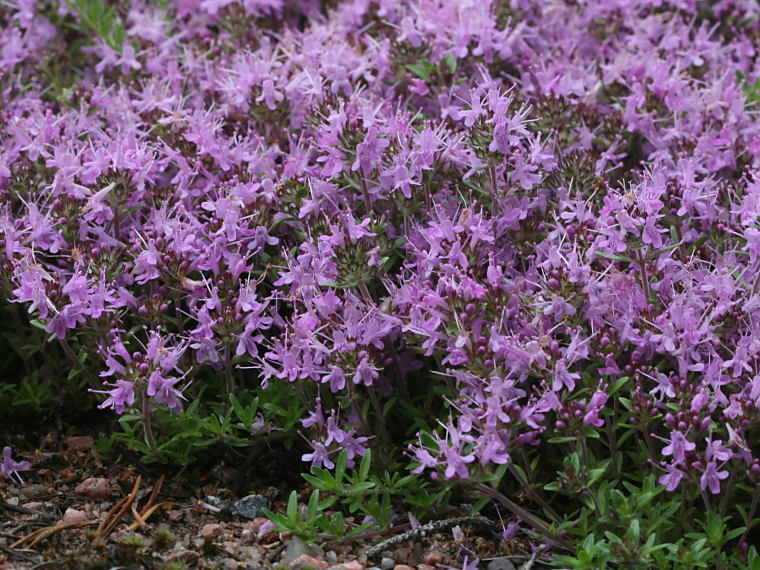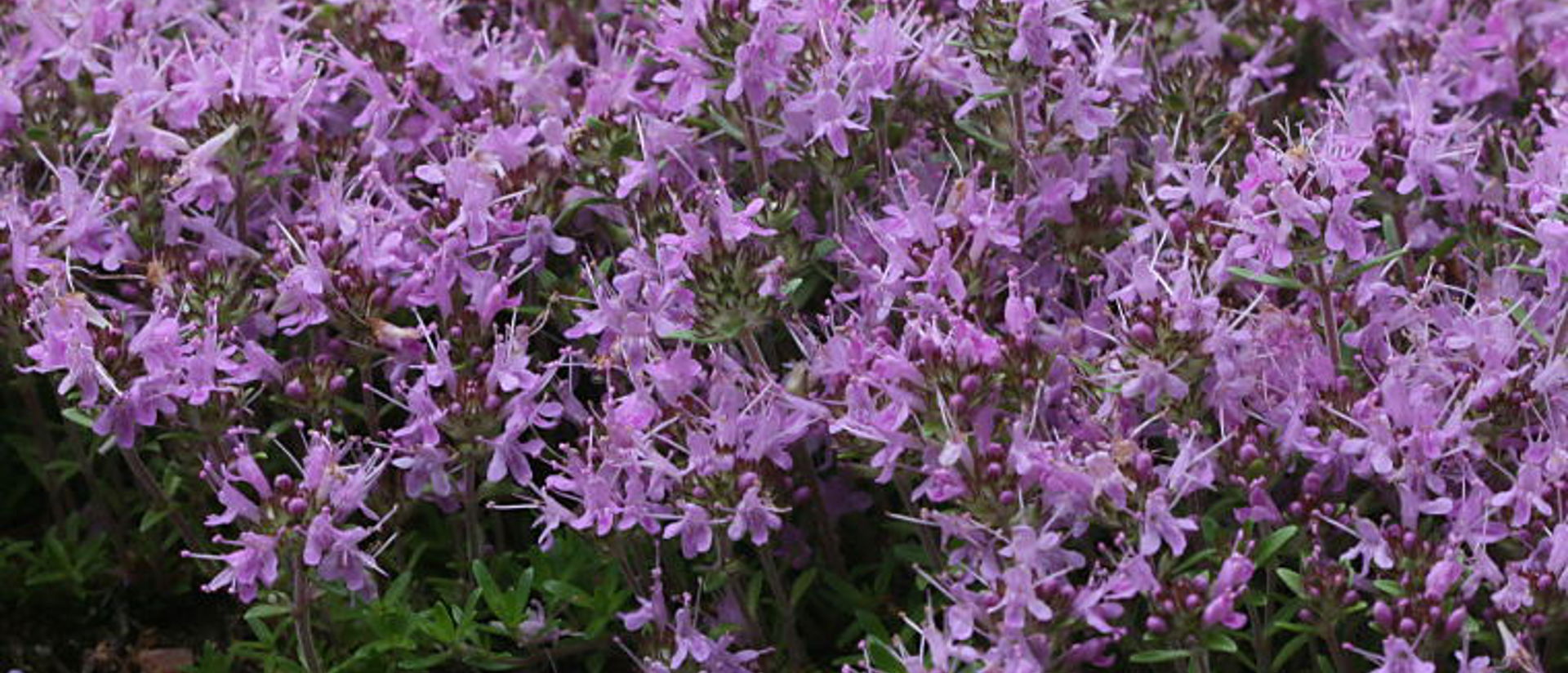
Vegetation
- Front page
- See and explore
- Nature
- Vegetation
77 % of Ruokolahti area is forest, 21 % is water = 98 % nature!
Dominant tree species are spruce and pine, but birch is also common. Even the name Ruokolahti refers to nature. It translates to "Bay of Reeds", which is also shown on our Coat of Arms - 3 reeds on a blue (lake or sky) background:
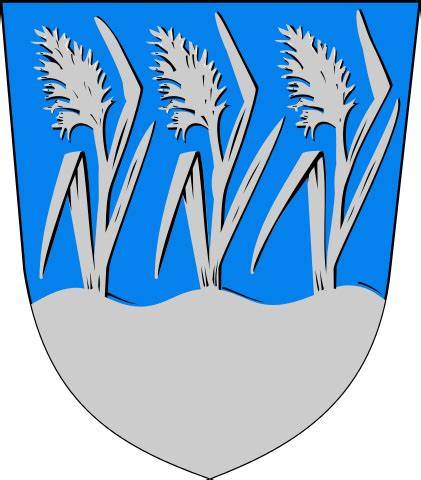
Ruokolahti Coat of Arms
Our Coat of Arms shows 3 reeds on a lake-blue background, because the name Ruokolahti means Bay of Reeds: ruoko = reed, lahti = bay. The common reed (Phragmites australis) is a tall wetland plant that can cover hectares and hectares of shallow lake shores. It is one the most widely distributed plants in the world and can grow up to 7 m high in warmer climates, but in Finland 3-4 m is the max height. The scientific species name australis actually means "southern", but hey, here it thrives in the north too.
All parts of the common reed are edible and it can be utilized in many ways for human consumption and for livestock, as well as good, strong roofing material, to make ecologic straws, walls, mats, musical instruments etc. For example, the sound producing mouth part of a clarinet and an oboe is called a “reed”, because the best ones are made of reed.
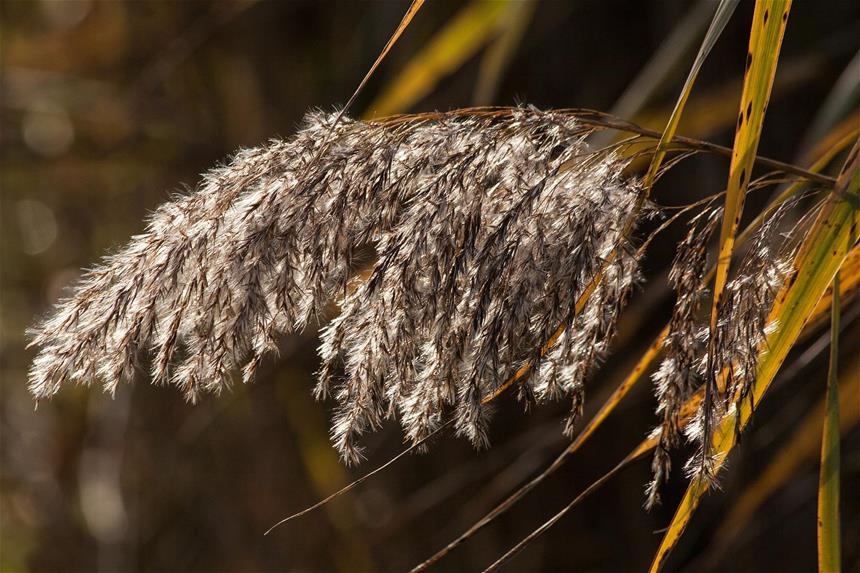
South Carelia's county flower Lady of the Snows (Kangasvuokko, Pulsatilla vernalis) lives happily on the warm and sandy ridges of Ruokolahti. It is mostly an Alpine flower, but here it has found a suitable niche to flourish in.
Do not pick them please, they are protected by law.
